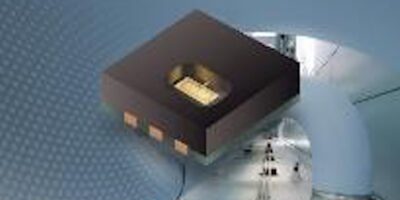Bourns has added the BPS240 series of humidity sensors to its environmental sensor range. The MEMS-based humidity sensors have a fast response time and high accuracy/sensitivity in a small footprint.
The BPS240 series offers upgraded features compared to Bourns’ BPS230 humidity sensors. The enhanced features include a faster response time of less than one second with digital (I2C) output and higher accuracy with a typical RH accuracy of two per cent. In addition, the BPS240 MEMS humidity sensor family also delivers reliability in a small size (2.0 x 2.0 x 1.25mm) footprint, says Bourns.
The Model BPS240 series is designed to meet advanced sensor needs for immediate updates on relative humidity levels in a broad range of industrial automation, energy, building and home control and low/medium-risk medical applications. The sensor series also helps meet energy-efficient application requirements with its low voltage operation, reduced current consumption and embedded capacitive technology.
The Bourns Model BPS240 humidity sensor series is available now and is RoHS -compliant.
Bourns is a manufacturer and supplier of position and speed sensors, circuit protection devices, magnetic components, microelectronic modules, panel controls and resistive products.
Headquartered in Riverside, California, USA, Bourns serves a broad range of markets, including automotive, industrial, consumer, communications, medical (low/medium risk) and audio market segments.







